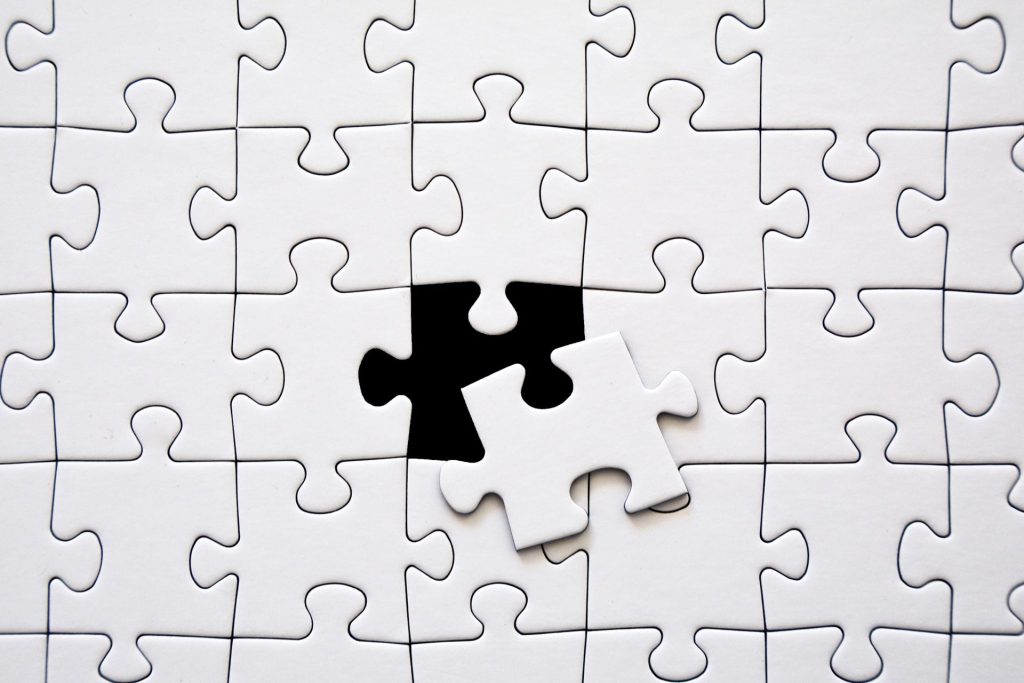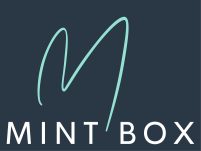
Find Your People (The Right Way)
Stop guessing who your customers are. Start understanding who they really are and what they actually need.
Most businesses try to figure out their customers by starting with demographics – age, location, job title. But that’s backwards. Real people don’t buy because of their demographics. They buy because they have problems that need solving.
The Customer Blueprint takes you back to basics: start with the problem, then find the people who have it. Everything becomes clearer from there.
No corporate personas or fancy documents that sit in folders. Just real understanding of real people that you can actually use.

Why You Need a Customer Blueprint
You can’t market effectively to “everyone.” But you also can’t market effectively to a made-up person based on assumptions and demographics.
You need to understand:
- What problem you’re really solving (it’s often not what you think)
- Who genuinely needs that problem solved
- Where those people actually spend their time
- What they need to hear to think “yes, that’s for me”
When you get this right, everything else clicks into place. Your messaging feels natural. Your marketing feels less like shouting into the void. Your ideal customers start recognizing themselves in what you’re saying.

The Customer Blueprint Framework
This isn’t about creating another customer persona document. This is about building genuine understanding that changes how you talk about your business.
Step 1: What Problem Do You Actually Solve?
We start here because this is where most businesses get stuck. You think you know what you’re selling, but your customers might be buying something completely different.
We’ll uncover:
- The obvious problem they know they have
- The underlying issue they might not even realise exists
- The frustration that keeps them stuck where they are
- Why this matters more than they initially think
This step often reveals why your current marketing isn’t connecting – you’re talking about what you do instead of what they need.
Step 2: Who Has This Problem?
Now we can identify the real people who need what you offer. Not demographics, not job titles, but actual humans dealing with actual situations.
We’ll explore:
- Real people with real situations (not “Sarah, 35, Marketing Manager”)
- What their world looks like when this problem shows up in their day
- How it affects their business, their work, their life
- Why they need it solved now (what’s the urgency?)
This gives you a clear picture of who you’re really talking to and why they care.
Step 3: Where Can You Reach These People?
Once you know who they are and what they’re dealing with, we can figure out where to find them. This isn’t about being everywhere – it’s about being in the right places for YOUR business.
We’ll identify:
- Where they really hang out (not where you think they should be)
- Which channels make sense for your business to use realistically
- What’s achievable with your time and budget
- Where you can have genuine conversations with them (not just broadcast at them)
This keeps your marketing focused and manageable instead of spread too thin.
Step 4: What Messaging Do They Need to Hear?
Finally, we craft the messages that make them think “yes, that’s exactly what I need.” This isn’t about clever copy – it’s about speaking their language and addressing their real concerns.
We’ll develop:
-
-
- The messages that resonate and make them feel understood
- How to explain your solution in language that makes sense to them
- What concerns to address upfront before they even ask
- How to make choosing you feel like the obvious decision
-

What You’ll Get
Clear Problem Definition
Exactly what you solve and why it matters to the people who need it most.
Real Customer Understanding
Not demographics or assumptions, but genuine insight into who these people are and what they’re dealing with.
Focused Channel Strategy
Where to find your people and how to reach them realistically with your resources.
Messaging Framework
What to say, how to say it, and what concerns to address to connect with your ideal customers.
Practical Implementation Guide
How to use all this insight in your actual marketing – your website, social media, conversations, everything.
All delivered in a format you’ll actually use, not a fancy document that sits in a folder.

This Makes Sense If…
✓ You feel like you’re trying to talk to everyone (and reaching no-one)
✓ Your marketing feels generic or like it could be for any business
✓ People don’t seem to “get” what you’re offering
✓ You’re not sure where to find your ideal customers
✓ Your messaging feels forced or unnatural
✓ You want to stop guessing and start knowing who you’re talking to

How It Works
Step 1: Initial Working Session
We start by exploring what you think you’re solving and who you think needs it.
Step 2: Problem Deep-Dive
I work through your real value proposition and what you’re actually solving for people.
Step 3: Customer Exploration
We identify the real people who have this problem and understand their world.
Step 4: Channel & Messaging Development
We figure out where to find them and what they need to hear from you.
Step 5: Final Working Session
We bring it all together and create your practical implementation plan.
Timeline: 3-4 weeks with working sessions throughout

What Will it Cost?
Investment: from £600
This includes the complete framework, all notes, working sessions and next steps for you to start taking action!

Perfect Follow-up To…
Marketing MOT – If your MOT showed that you’re not clear on who you’re really targeting
‘Why You’ Framework Positioning – Once you’re clear on your “why you,” the Customer Blueprint helps you find and connect with the people who need that specific approach
Standalone – If you know your positioning is solid but you’re struggling to identify and reach your ideal customers

Ready to Find Your People?
Stop guessing who your customers are. Start understanding who they really are and what they actually need.

Got Questions?
Maybe, maybe not. If your marketing feels effortless and people immediately “get” what you’re offering, you probably don’t. But if you’re struggling to connect or explain your value clearly to the right people, you might be surprised by what we discover.
Customer personas are often based on demographics and assumptions. The Customer Blueprint is based on problems and real behaviour. It’s about understanding real people, not creating fictional characters for a brand document
We can absolutely work with that. Sometimes you have one core customer type, sometimes you have a few distinct groups. We’ll figure out what makes sense for your business and budget.
That’s exactly why this is important for small businesses! When you have limited resources, you need to be focused and strategic about where you invest them. The Customer Blueprint helps you avoid wasting money on the wrong people or wrong channels.
You can start using the insights immediately in your conversations and content. The full implementation depends on what changes you need to make, but most small businesses see improvements within the first month.
Ready to Get Clear on Your Positioning?
